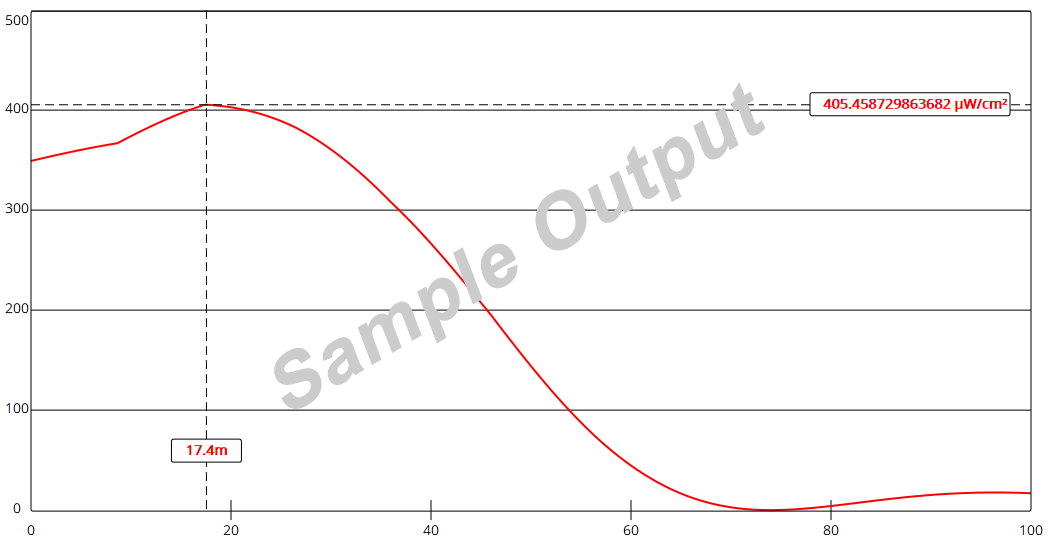This is a copy of the FCC's FM Model tool. This copy is intended to be used in the event of a government shutdown. The original FM-Model tool can be found at https://www.fcc.gov/general/fm-model
The FM Model calculator determines the potential exposure from radiofrequency (RF) electromagnetic fields produced by FM broadcast station antennas at ground level. The FM Model software was originally developed by the FCC in 1997 as a standalone executable program and this improved version provides more precise predictions and runs via a JavaScript enabled web browser. The FM Model is originally based on measured data published in 1985 by the EPA. ▼ Show More....
This version uses the actual distance to each antenna element, rather than the distance to the antenna’s radiation center, improving separation distance precision. While most predictions using this updated FM Model will be similar to the previous version, this correction could result in significant differences from the previous model at short separation distances from the bottom element of an antenna array where accurate exposure estimation is most critical. Appendix A of the FM Model Public Notice contains a brief description of these changes.
Under Antenna Type in the user interface below is a collapsible list of associated antenna models cross-referenced with the five EPA element types, initially in Appendix B of the FM Model Public Notice, including any subsequent changes we received. Element designs that are not in this list because they were not specifically evaluated by EPA, e.g., panel antennas, vertical dipoles, etc., should be treated as Type 1. We continue to invite suggested changes and corrections to this list. Inclusion of antenna models on this list does not constitute an endorsement of those manufacturers or their products by the FCC.

Hide Tabular Results -
Go to the Top of the Page

